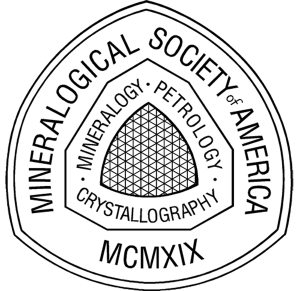





Principles of Stable Isotope Geochemistry, 2nd Edition
Zachary Sharp, University of New Mexico (2017) 416 pages.
Principles of Stable Isotope Geochemistry is written as a textbook to accompany a one semester course in Stable Isotope Geochemistry. There are 13 chapters, each dealing with a specific subtopic of the field. Other than Chapters 1 and 2 – introduction and definitions – most of the remaining chapters can be read without reliance on the preceding ones. It is also hoped that the book will serve as a general reference volume for researchers in the field.
Principles of Stable Isotope Geochemistry has been organized in such a way that major concepts are explained and accompanied by numerous examples. In most cases, the first published examples are used for illustration, giving both a broad base of understanding and an appreciation for the historical development of the field. Chapters are organized according to broad classifications. In some cases this is done by discipline such as Chapter 4 – Hydrology and in others by isotope, such as Chapter 10 – Sulfur.
The new revised version is online. In this way, it can be modified as new advances are made in the field. Comments regarding errors, omissions or suggestions for improvements are welcome in order to keep the book up to date.
This new online version, entire book or individual chapters, is free of charge, available in PDF format. Download via the University of New Mexico website. (A hardcopy is also available.)
Recommended Citation: Sharp, Zachary. “Principles of Stable Isotope Geochemistry, 2nd Edition.” (2017). doi: https://doi.org/10.25844/h9q1-0p82
Table of Contents
- Chapter 1: Introduction
- Chapter 2: Terminology, Standards and Mass Spectrometry
- Chapter 3: Equilibrium Isotope Fractionation
- Chapter 4: The Hydrosphere
- Chapter 5: The Oceans
- Chapter 6: Biogenic Carbonates: Oxygen
- Chapter 7: Carbon in the Low-Temperature Environment
- Chapter 8: Low Temperature Minerals, Exclusive of Carbonates
- Chapter 9: Nitrogen
- Chapter 10: Sulfur
- Chapter 11: Igneous Petrology
- Chapter 12: Metamorphic Petrology
- Chapter 13: Extraterrestrial Materials
- Appendix 1: Standard Reference Materials for Stable Isotopes
- Appendix 2: Sample calculation of the correction procedure for adjusting measured isotope data to accepted IAEA reference scales
About the cover: A Metropolitan Vickers MS 2 mass spectrometer, bought by the Ecole de Géologie, Nancy France in 1958 for analyses of Pb, and later Rb/Sr at the CNRS, Nancy. Similar mass spectrometers were used for oxygen isotope analyses. The mass spectrometer consists of a copper vertical tube pumped by a diffusion pump (bottom center). The flight tube cuts through the central vacuum tube, allowing it to be pumped essentially at both ends. This is the predecessor of the early VG Micromass spectrometers. Photograph by Andreas Pack.